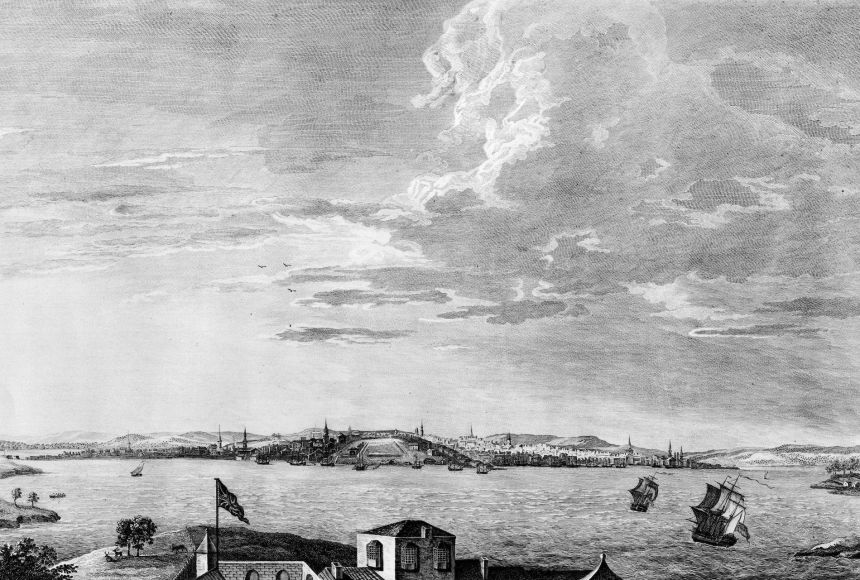ARTICLE
leveledARTICLE
New England Colonies' Use of Slavery
New England Colonies' Use of Slavery
Although slavery ended earlier in the North than in the South (which would keep its slave culture alive and thriving through the Emancipation Proclamation and the Civil War), colonial New England played an undeniable role in the long and grim history of American slavery.
Grades
3 - 12
Subjects
Geography, Human Geography, Social Studies, U.S. History
Image
1760s Boston Seaport
Lacking large-scale plantations, New England did not have the same level of demand for slave labor as the South. But slavery still existed there until well into the 19th century. Ships in Boston Seaport sailed enslaved Africans along the Atlantic.
Image courtesy of Encyclopedia Britannica

Media Credits
The audio, illustrations, photos, and videos are credited beneath the media asset, except for promotional images, which generally link to another page that contains the media credit. The Rights Holder for media is the person or group credited.
Director
Author
Production Managers
Program Specialists
Producer
other
Last Updated
October 19, 2023
For information on user permissions, please read our Terms of Service. If you have questions about how to cite anything on our website in your project or classroom presentation, please contact your teacher. They will best know the preferred format. When you reach out to them, you will need the page title, URL, and the date you accessed the resource.
Media
If a media asset is downloadable, a download button appears in the corner of the media viewer. If no button appears, you cannot download or save the media.
Text
Text on this page is printable and can be used according to our Terms of Service.
Interactives
Any interactives on this page can only be played while you are visiting our website. You cannot download interactives.
